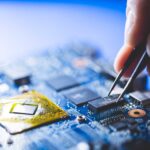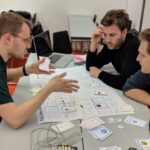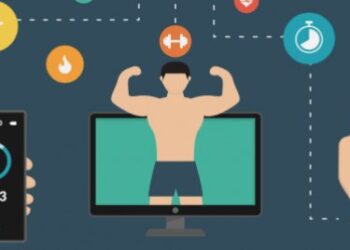Ubiquitous Computing

This class was last offered in 2013. The Physical Computing class offers a hands-on experience of Ubiquitous Computing technologies.
The goal of this class is to introduce the vision of ubiquitous computing and expose students to the fundamental concepts and technologies in the area. The term “ubiquitous computing” describes the vision of incorporating sensing, computation, and communication into everyday things in order to make them and their surroundings “smart”. Smart things can detect where they are, sense what is around them, detect and communicate with other smart things, remember what they were used for previously, and reason about the kind of future actions they might likely be used for. Interaction with smart things does not happen through keyboards and mice, but through tangible interfaces, contactless ID chips, gesture and movement detection, or through wearable sensors.
Originally conceived in the early 1990s, this vision of a disappearing computer is rapidly attaining levels of both technical and economical feasibility. Organic displays (OLEDs), electronic ink (eInk), Near Field Communication (NFC), radio frequency identification (RFID), Zigbee, and Bluetooth are but a few examples of the recent technological developments that drive this trend; Pay-per-use insurances, smart homes, and mobile payments but a few examples of recent economic developments.
Contents
This lecture (2h per week) will offer an overview of various technological, economic, and social topics in the area of ubiquitous computing. Specific topics covered may include, but are not limited to:
- The vision of “ubiquitous computing”
- Technology trends
- Wireless communication (WiFi, Bluetooth) and ad-hoc networking
- Location awareness and location-based services
- Smart labels (RFIDs)
- Embedded systems and wireless sensor networks
- Energy issues
- Interaction with invisible computers
- Wearable computing
- Activity recognition
- Application scenarios, economic implications
- Social implication and public policy debate
Teaching Mode
One lecture per week with weekly homework assignment, ranging from reading assignments, to simulations, to concept videos.
References
John Krum (Ed.): Ubiquitous Computing. CRC Press, October 2009.
Editions
| Class | Semester | Instructor | Teaching Assistant(s) |
|---|---|---|---|
| Ubiquitous Computing 2013 | Fall |
-
|
-
|
| Ubiquitous Computing 2012 | Fall |
-
|
-
|
| Ubiquitous Computing 2011 | Fall |
-
|
-
|
| Ubiquitous Computing 2010 | Fall |
-
|
-
|
| Ubiquitous Computing 2009 | Fall |
-
|
-
|










